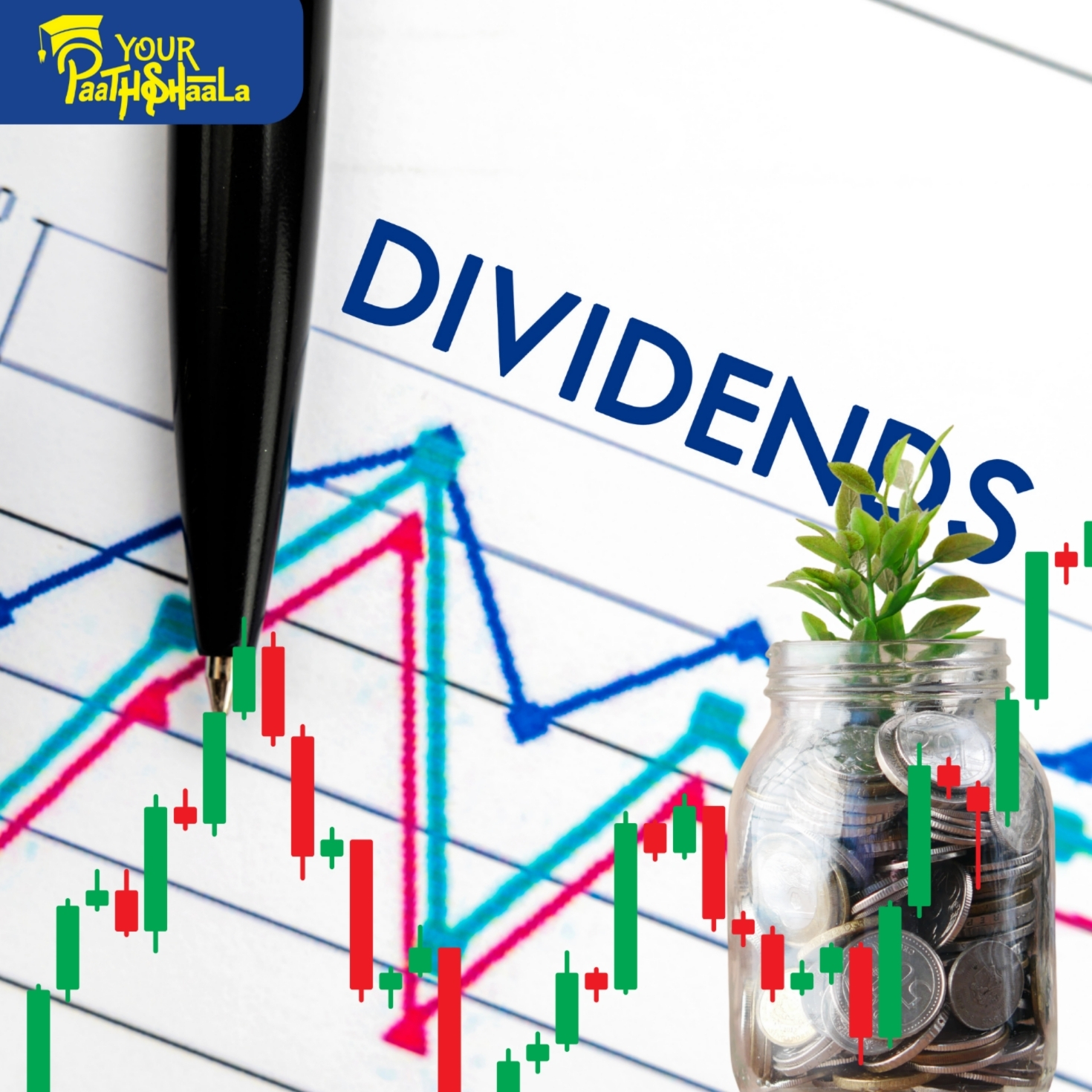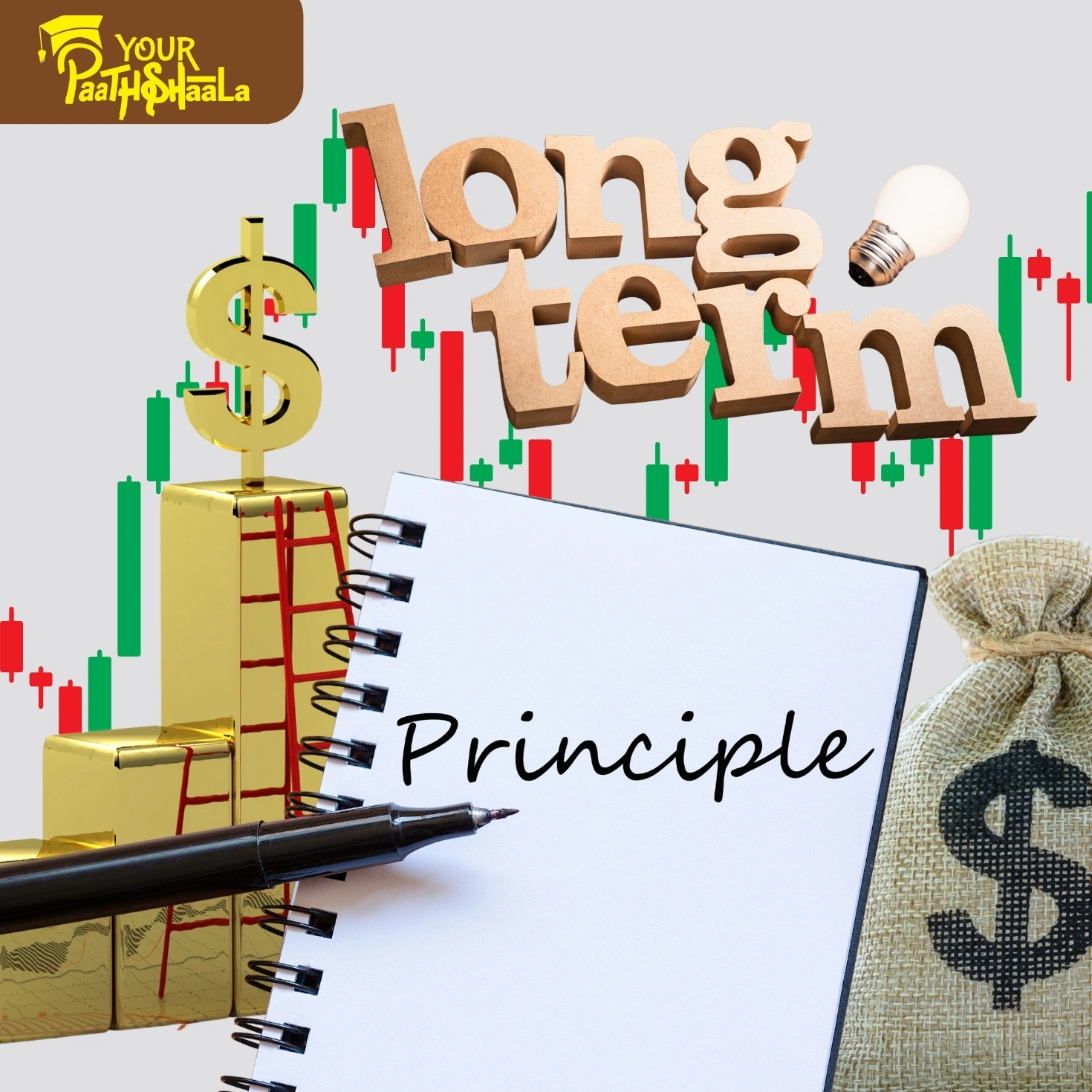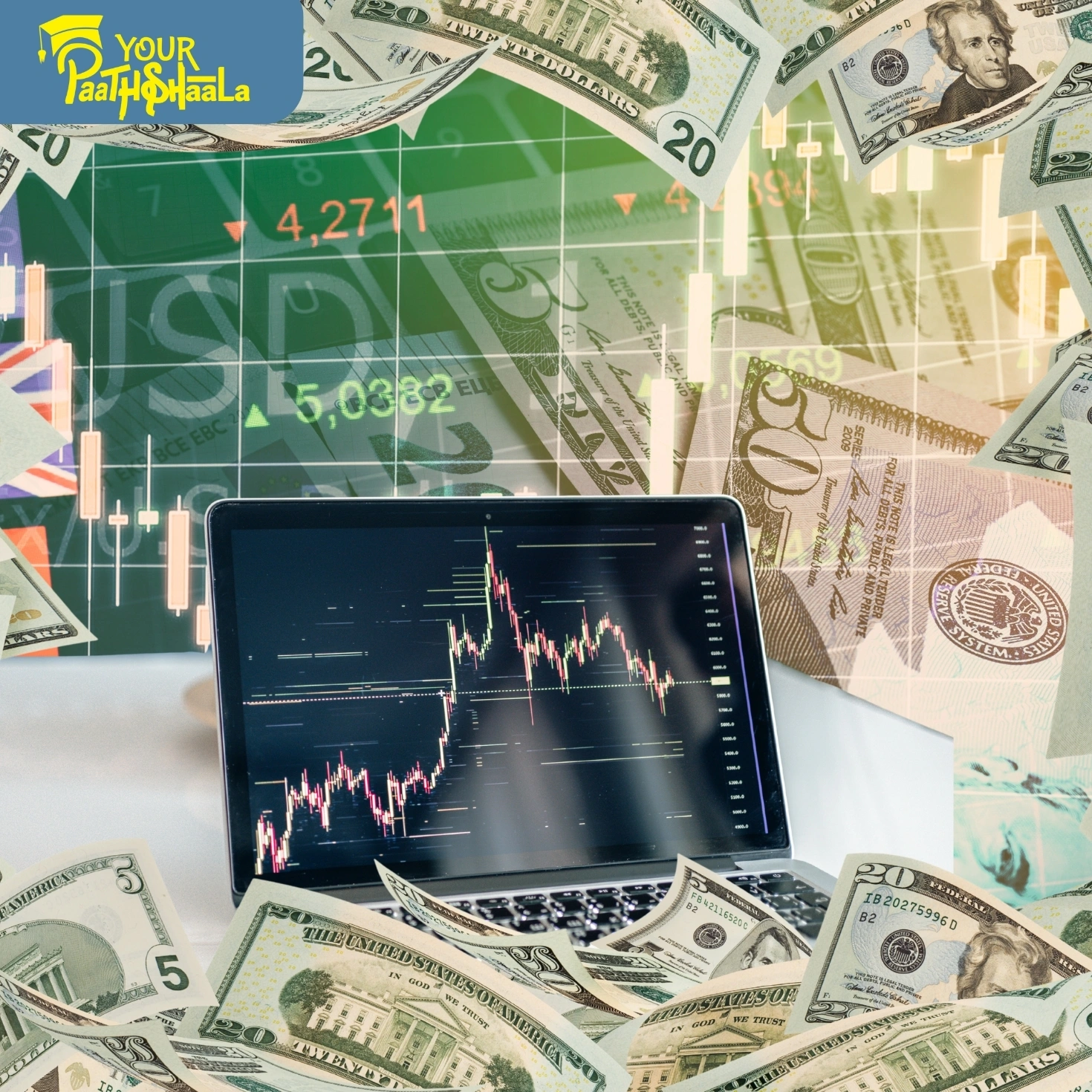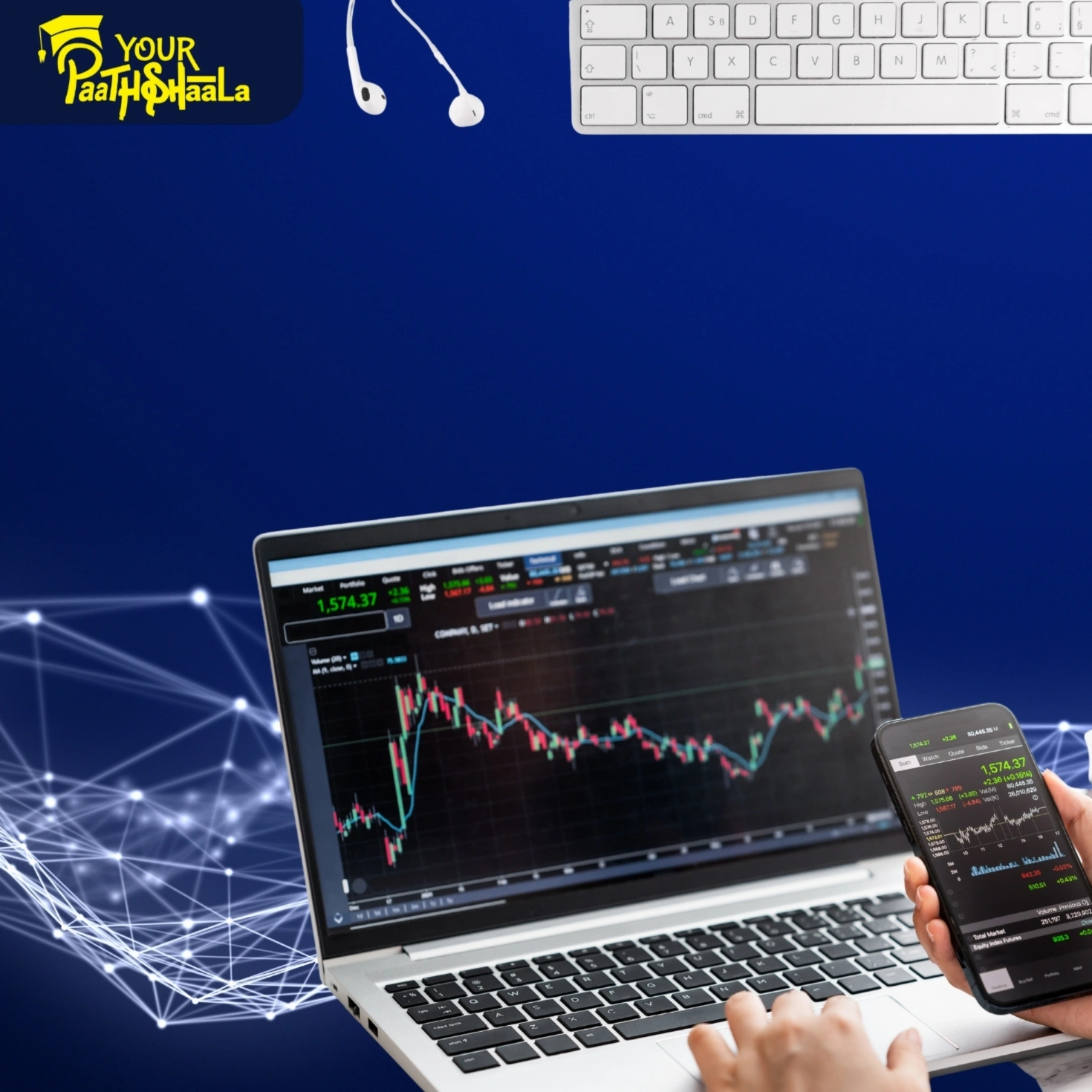Options & Derivatives Evolution: Strategies and Trends for Modern Traders
Options and derivatives trading has transformed dramatically in recent years, offering traders new tools and strategies to navigate financial markets. From the explosive growth of zero-day-to-expiry (0DTE) options to the accessibility of micro futures, these innovations have democratized trading and enhanced flexibility. This 2000-word guide explores the evolution of options and derivatives, covering key trends like 0DTE options, weekly expiration cycles, micro futures, and synthetic position replication. Whether you’re a beginner or an experienced trader, understanding these developments can help you seize opportunities in today’s dynamic markets.
What Are Options and Derivatives?
Options and derivatives are financial instruments whose value is derived from an underlying asset, such as stocks, commodities, or indices. Options give traders the right, but not the obligation, to buy (call) or sell (put) an asset at a specified price before or at expiration. Derivatives, a broader category, include options, futures, swaps, and more. These tools allow traders to hedge risks, speculate on price movements, or create complex strategies with leverage. The evolution of these instruments has made trading more accessible and precise, catering to both retail and institutional investors.
Key Trends in Options and Derivatives Trading
The derivatives market has seen significant advancements, driven by technology, market demand, and regulatory changes. Below, we dive into four transformative trends reshaping options and derivatives trading.
1. 0DTE Options: Explosive Growth in Zero-Day-to-Expiry Trading
Zero-day-to-expiry (0DTE) options, which expire on the same day they are traded, have surged in popularity. These options allow traders to capitalize on short-term price movements, offering high leverage and low time decay. For example, a trader might buy a 0DTE call option on an index like the S&P 500 to profit from an expected intraday rally. The appeal lies in their affordability and potential for quick returns, but they come with high risks due to rapid price swings.
How to Trade 0DTE Options
-
Focus on highly liquid assets like major indices (e.g., SPY, QQQ) to ensure tight bid-ask spreads.
-
Use technical analysis to identify intraday trends or catalysts like earnings reports.
-
Set strict stop-loss orders to manage the high volatility of 0DTE options.
-
Monitor volume and open interest to gauge market sentiment.
While 0DTE options offer flexibility, their fast-paced nature requires discipline and real-time market monitoring to avoid significant losses.
2. Weekly Expiration Cycles: Flexibility and Precision
Weekly expiration cycles have revolutionized options trading by offering more frequent expiration dates compared to traditional monthly expirations. Available on indices, ETFs, and stocks, weekly options allow traders to target specific events, such as economic data releases or corporate earnings, with greater precision. This flexibility enables tailored strategies, whether hedging a portfolio or speculating on short-term moves.
How to Use Weekly Options
-
Align trades with upcoming catalysts, like Federal Reserve announcements or company reports.
-
Use weekly options for short-term strategies, such as straddles or strangles, to capitalize on volatility.
-
Monitor implied volatility to avoid overpaying for options near expiration.
-
Combine weekly options with longer-term positions to balance risk and reward.
Weekly options provide opportunities for nimble traders but require careful timing and risk management due to their shorter lifespan.
3. Micro Futures: Access for Retail Traders
Micro futures, smaller-sized futures contracts, have opened derivatives trading to retail investors with limited capital. Unlike standard futures, which require significant margin, micro futures (e.g., Micro E-mini S&P 500) have lower capital requirements, making them accessible to a broader audience. These contracts allow traders to gain exposure to indices, commodities, or currencies without committing large sums.
How to Trade Micro Futures
-
Choose a broker offering micro futures, such as CME Group’s Micro E-mini contracts.
-
Start with a demo account to practice managing leverage and margin requirements.
-
Focus on liquid markets to ensure ease of entry and exit.
-
Use technical indicators and economic data to inform trading decisions.
Micro futures democratize access to derivatives, but traders must be cautious of leverage, which can amplify both gains and losses.
4. Synthetic Position Replication: Simplifying Complex Strategies
Synthetic position replication allows traders to mimic complex options strategies using simpler trades. For example, a synthetic long stock position can be created by buying a call option and selling a put option with the same strike price and expiration. This approach replicates the payoff of owning the underlying asset without purchasing it outright, reducing capital requirements and transaction costs.
How to Use Synthetic Positions
-
Identify the desired exposure (e.g., bullish or bearish) and select appropriate options.
-
Use synthetic positions to replicate strategies like covered calls or protective puts.
-
Calculate the cost and risk of the synthetic position versus the traditional strategy.
-
Monitor implied volatility and time decay, as they impact synthetic positions.
Synthetic replication offers efficiency and flexibility but requires a deep understanding of options pricing and Greeks (e.g., delta, gamma).
Risks and Challenges in Options and Derivatives Trading
While these trends enhance trading opportunities, they come with risks:
-
High Volatility: 0DTE and weekly options are sensitive to rapid price changes.
-
Leverage Risks: Micro futures and synthetic positions amplify losses if mismanaged.
-
Complexity: Understanding options Greeks and derivatives pricing requires expertise.
-
Liquidity Concerns: Some 0DTE or micro futures contracts may have lower liquidity, increasing spreads.
To mitigate risks, traders should use stop-loss orders, diversify strategies, and limit leverage. Continuous education is critical to mastering these instruments.
Tools and Resources for Options and Derivatives Traders
To succeed in options and derivatives trading, leverage these tools:
-
Options Chains: Platforms like Thinkorswim or Interactive Brokers provide real-time options data.
-
Volatility Trackers: Monitor implied volatility with tools like CBOE’s VIX index.
-
Economic Calendars: Stay informed about events impacting weekly options or futures.
-
Educational Resources: Institutions like YourPaathshaala offer courses on derivatives trading.
These tools, combined with disciplined analysis, can enhance your trading performance.
Why Options and Derivatives Matter in 2025
As of July 11, 2025, options and derivatives trading continues to evolve. The rise of 0DTE options reflects growing demand for short-term speculation, while micro futures empower retail traders to participate in global markets. Weekly expirations and synthetic positions offer precision and efficiency, making derivatives more versatile than ever. With markets influenced by economic shifts and geopolitical events, these tools provide opportunities to navigate volatility and capitalize on trends.
Getting Started with Options and Derivatives Trading
Ready to dive into options and derivatives? Follow these steps:
- Learn the Basics: Study options pricing, futures contracts, and risk management.
- Choose a Platform: Select a broker with robust options and futures offerings.
- Practice with a Demo Account: Test 0DTE options, micro futures, and synthetic strategies.
- Develop a Strategy: Define your risk tolerance and trading goals.
- Seek Education: Enroll in courses at YourPaathshaala, located near Anjali Children Hospital, Tagore Nagar, Mathpurena, Raipur, Chhattisgarh, PIN code: 492001.
Conclusion
The evolution of options and derivatives trading—driven by 0DTE options, weekly expiration cycles, micro futures, and synthetic position replication—has transformed how traders approach financial markets. These innovations offer flexibility, accessibility, and precision, but require careful risk management and expertise. By mastering these tools, you can unlock new opportunities in 2025’s dynamic markets. Start your journey with expert guidance from YourPaathshaala.
Visit YourPaathshaala
Near 🏥 Anjali Children Hospital, Tagore Nagar, Mathpurena, Raipur.
📫 PIN code: 492001, Chhattisgarh
📞 Click the Call Now to contact us!
Take your financial knowledge to the next level with YourPaathshaala—your trusted partner for investment education and market insight.
















